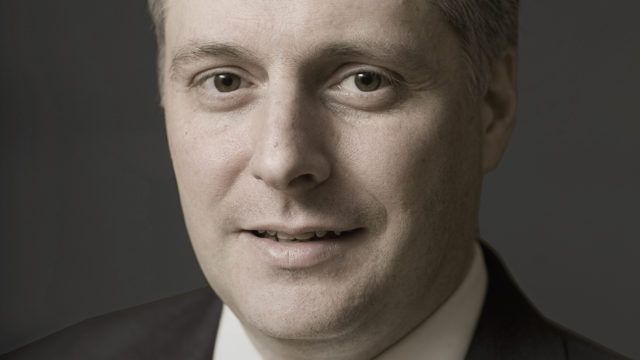Brian Kloss, Legg Mason Brandywine Global
The biggest risk to investors is the increasing chance of a monetary policy mistake by the US Federal Reserve, said Kloss, manager of the Legg Mason Brandywine Global Income Optimiser Fund.
“The rate hiking cycle, coupled with the shrinking of the Fed’s balance sheet, will create a tightening in financial conditions that the underlying economy will not be able to absorb,” he said.
“In this scenario, the USD could continue to appreciate as US dollars are drained from the financial system. This could put continued pressure on risk assets, including the emerging markets.
“We feel that the risk of this is increasing,” he said, adding that he’s adjusted the portfolio in response.
Portfolio changes
Over the past year, duration has been reduced and bond quality increased, he said.
Effective duration is down to approximately 1.5 years in the firm’s unconstrained absolute return-focused strategies, Kloss said.
Products using a benchmark index are underweight 0.5 – 1.0 years’ duration relative to the index. “About 25% of the underlying duration is coming from safe-haven government bonds, given the recent sell-off in those instruments,” he added.
Emerging market bond exposure has been brought to zero in June. Previously it was 25%-40%.
Lower quality credit, especially corporate credit CCC, is avoided. “We don’t feel we are getting compensated there on a yield basis for the risk,” Kloss explained.
In the CCC-rated market, bonds that have “reasonable prospects are trading rich while those that could be impaired in the event of a recession are offering a significant yield but not enough to compensate us for the risk”.
After a risk management exercise, the team added US dollar-denominated structured credit assets as a shield against US interest rate hikes.
Kloss believes US structured credit, specifically, residential mortgage-backed securities, will perform well if synchronized global growth deteriorates.
“Our stress tests show that these assets will provide a significant level of cushion should the economy slow considerably.”
Concentrated alpha
The fund, which aims for income and capital preservation, has a current yield of 3.43%. The portfolio is concentrated, with the top ten holdings making up 48% of total allocation (in September).
Kloss believes the concentration creates alpha over the long term.
“We think the only way to create alpha is to have these [selected] larger positions that are based on valuation anomalies.”
The fund, which does not use a benchmark, has outperformed the sector on a three-year basis (chart below). However, it is down year-to-date (-2.81%). In calendar year 2017, the product had a 4.59% return, under-performing the 7.76% return of the Singapore fixed income category, according to data from FE.
Tariq Ahmad, director and CEO at Brandywine Global, admits that the fund has been challenged, but argues that part of the reason is that “capital preservation is an element of the strategy” and it stopped them from making riskier moves.
“We believe in the longer view our strategy can still capture that anomaly [to generate alpha]”, Ahmad said.
How will the bond market fare in 2019? Kloss said the investment team will be watching how several geopolitical issues play out.
On the list are the US and China trade dispute, potential import tariffs on European autos, the new NAFTA and the Brexit deal, and negotiations between the EU and Italy.
“Should there be positive resolutions to the issues above, spread assets should do well,” Kloss said.
“But interest rate-sensitive assets could struggle as central banks across the globe will be able to pursue a normalisation policy.”
Three-year performance of the Global Income Optimiser Fund vs the sector


















